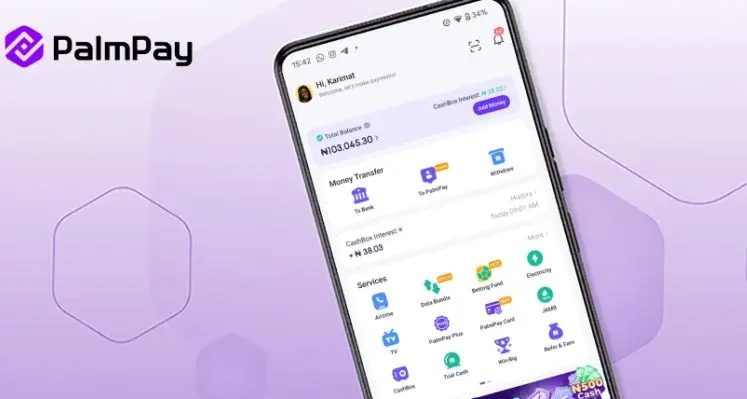Page 2 of 2Ensuring user adoption is as simple and as complicated as creating the right experience for users. If an intranet is designed correctly from a UX perspective, employees will enjoy using it. Buy-in and adoption rates will be higher, which increases opportunities for engaging and interacting with employees. A well-executed intranet gains loyalty from employees, helps to raise levels of employee satisfaction and trust, and helps to create a culture of innovation if driven by a strong leader.
An end-user focus is critical in achieving this, and throughout the process of building an intranet it is necessary to involve as diverse a user group as possible. This will ensure that their ideas and wants are taken into account, and creates a sense of ownership and involvement once the product is rolled out. An agile approach is also essential. The intranet needs to be a work in progress, an evolving product, which, like apps, is constantly maintained and updated. This all ties back to the UX, which is impossible to get right without an intimate understanding of the user.
The success of an intranet can be judged by how happy people are to use it, whether it empowers them to do their jobs better or faster, whether they are saving time, or can connect with people to enable processes to be completed faster. Functionality should be balanced with design, but ultimately if one aspect needs to be scaled back it should always be functionality. Without good design, users will not use the tool, however additional functionality can always be developed and added at a later date.
The intranet should, at the end of the day, fit the way employees work, deliver what employees want and like, and be tailored to meeting their needs and the maturity of the organisation. The intranet should give employees a tool that makes their lives and their jobs easier. A successful intranet is not an implemented one, but an adopted one that employees enjoy using.






















